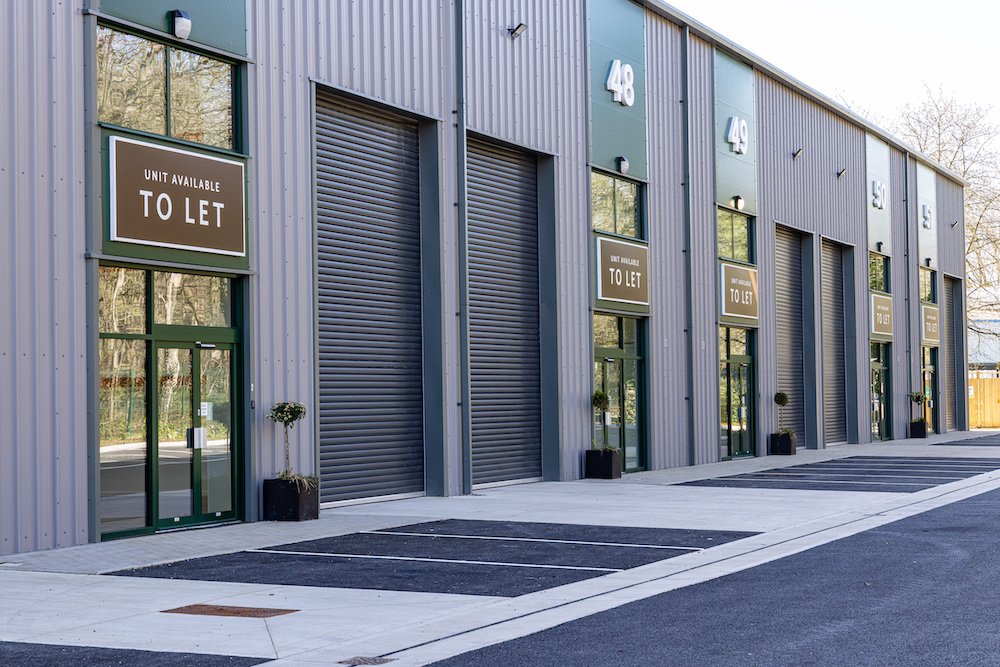While economic uncertainty in the UK appears set to continue in the future, all indications are that industrial and logistics property is a stable, reliable market with many positive aspects.
Rising number of developments in construction
The number of industrial developments in construction has never been higher than right now. A record 78.5m sqft of space is in the pipeline, with Cluttons reporting that a quarter of that is speculative development. This is a big vote of confidence in industrial and logistics property that bodes well for the future of the sector.
Given the limited stock available in the UK at present, especially at the top end of the market, it is unlikely that the additional developments in the pipeline will meet demand immediately. Over the rest of 2023 and the years ahead, new developments are likely to be filled quickly and space will remain at a premium.
Demand and rents remains high
The need for so much new industrial and logistics property is simply a reflection of demand being so high. This is even the case following record delivery of new properties in 2022, and it is having a big effect on rents.
The latest Industrial and Logistics Market Pulse Report 2023 from Colliers shows that strong demand and limited supply caused the average industrial and logistics rent to rise by 10.7% in 2022 as the UK recovered from the pandemic.
The firm expects further average rises of 3.7% across 2023 and states that the industrial sector will outperform all other sectors of the property market until 2027. With demand above the 10-year average according to CBRE, this may even end up being a conservative estimate.
‘Nearshoring’ to continue amid supply chain issues
A major trend for the industry is the supply chain issues which are set to keep interfering with business for a long time yet. With regards to the industrial and logistics property market, this is potentially having an interesting effect.
As more businesses attempt to mitigate the supply chain issues, a solution many are reaching is to ‘nearshore’ their operations – or in other words, bring at least some of their work back to the UK. This adds a whole new layer of companies into the competition for the best spaces which is becoming a main driver of the demand mentioned previously.
Look out for more companies making ‘nearshoring’ plans over the rest of 2023.
Highly sustainable buildings will attract a premium
Returning to the Cluttons Q2 2023 market report, it is interesting to note that the most in demand buildings are those which achieve high sustainability ratings. These generally come with a higher specification and have lower energy demands, both of which are advantages in the market. It is likely that the demand for sustainable industrial and logistics property to rent will only increase over the coming years.
What does that mean for anyone looking to rent industrial property in the UK? You should look for developments with high BREEAM and EPC ratings to secure the best space. While this will come at a premium, it is a good opportunity to future-proof your business and choose a site which will help you meet your ESG responsibilities.
Extra facilities and amenities will make a difference
Much like with any place of work, industrial and logistics properties which offer more than simply a place to work will become more popular over the rest of the year and beyond. If you are looking for industrial property to rent, choosing a place which offers attractive landscaping and other facilities including ample parking, EV charging points and cycle storage will make it easier to attract staff and clients.
Want to learn more about our industrial and logistics property available to rent? Click here to see more and get in touch with the team today.

